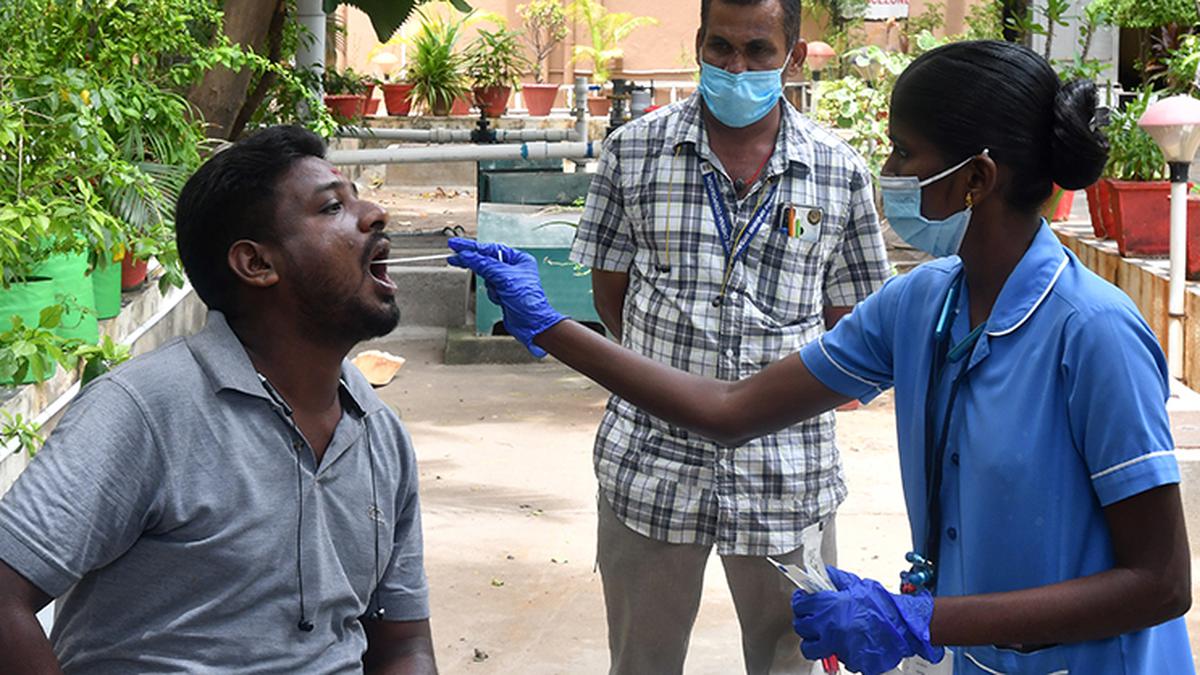
As COVID-19 cases rise in T.N., surveillance continues; XBB still the dominant variant
The Hindu
With a steady rise in daily COVID-19 cases in Tamil Nadu over in the past few weeks, the Directorate of Public Health (DPH) and Preventive Medicine is continuing to track and identify the emergence of cases. The directorate, through periodic whole genome sequencing (WGS) of samples, has identified Omicron sub-variants in more than 98% of samples, with XBB being the dominant strain in circulation.
With a steady rise in daily COVID-19 cases in Tamil Nadu over the past few weeks, the Directorate of Public Health (DPH) and Preventive Medicine is continuing to track and identify the emergence of cases. The directorate, through periodic whole genome sequencing (WGS) of samples, has identified Omicron sub-variants in more than 98% of samples, with XBB being the dominant strain in circulation.
After over four months, daily COVID-19 cases crossed 100 in the State on March 27. “There is a steady rise in cases, though it is not an exponential rise. We continue to track and identify the emergence of cases and ensure management as per protocol. We continue to do WGS and linking with clinical presentations of the cases,” T.S. Selvavinayagam, Director of Public Health and Preventive Medicine, said.
According to the latest WGS data, the Omicron sub-lineage XBB was identified in 93.7% of the samples in March. While BA.5 was identified in 1.6%, BA.2 and BA.2.10.1 were identified in 0.8% samples each.
“More than 98% of cases are of Omicron sub-variants. XBB and its various sub-lineages are in circulation currently,” Dr. Selvavinayagam added. In fact, the presence of XBB has increased in March, compared to January and February: it was identified in 24% of samples in January and in 45.2% samples in February. The sub-variant was identified in 52.4% samples in October, 78.6% in November and 30% in December.
With a few districts reporting more cases than the rest of the State: Chennai, Coimbatore and Chengalpattu especially, Dr. Selvavinayagam said, “The cases usually start in places where the density of population is high and where the chances of respiratory infections spreading, are higher. The data also indicates our effective surveillance, through which we pick up cases quickly and early.”
He pointed out that more than 95% of persons who test positive had mild infections and were under home isolation. Those who were admitted for observation are not in oxygen beds. “Wear masks in closed, crowded places. Protect elders and those with comorbidities. If you have respiratory symptoms, wear a mask and get tested,” he said, in a message to the public.













